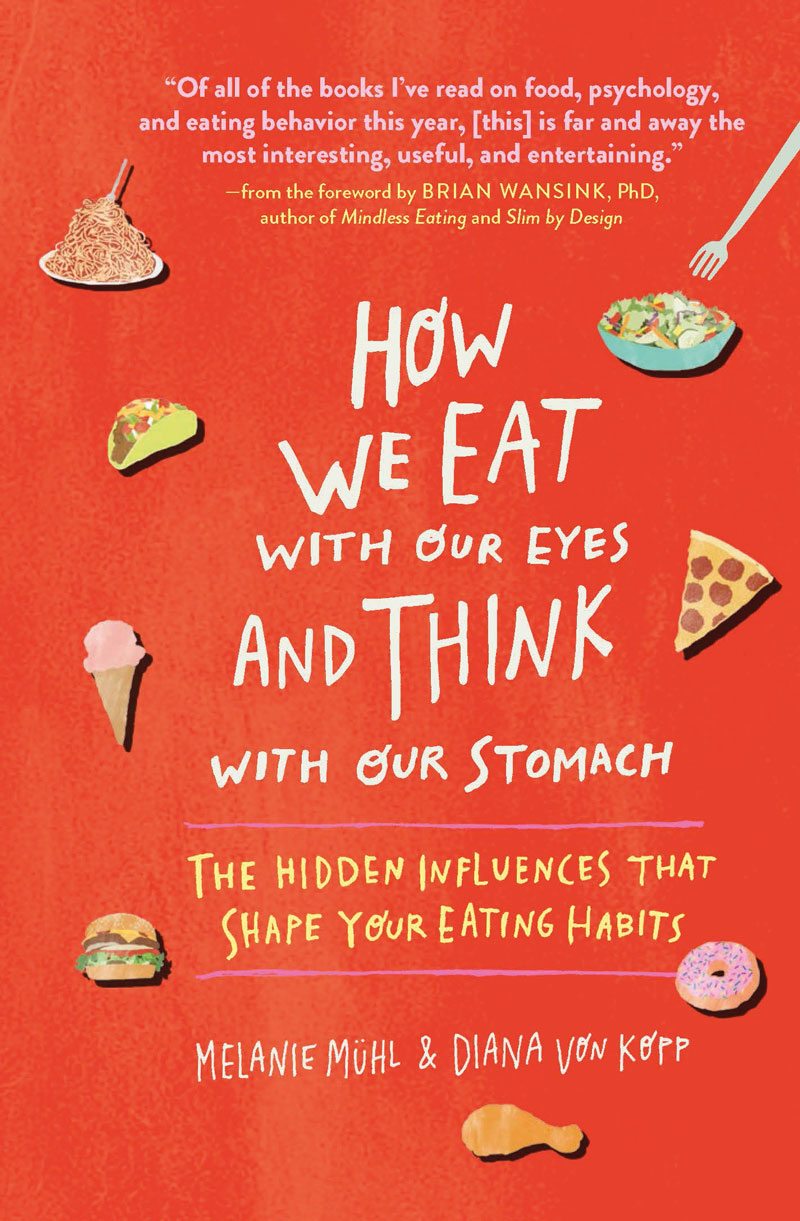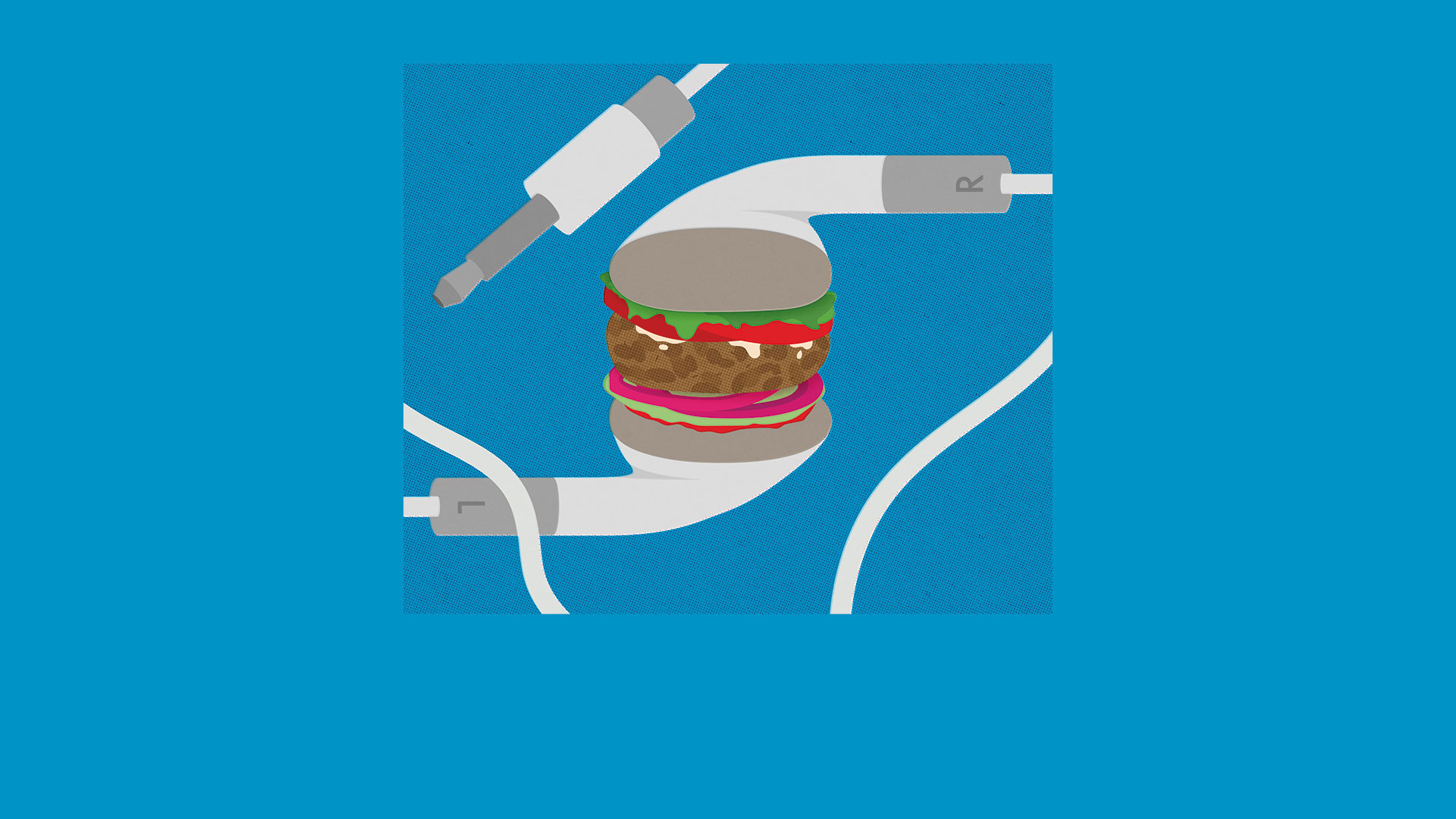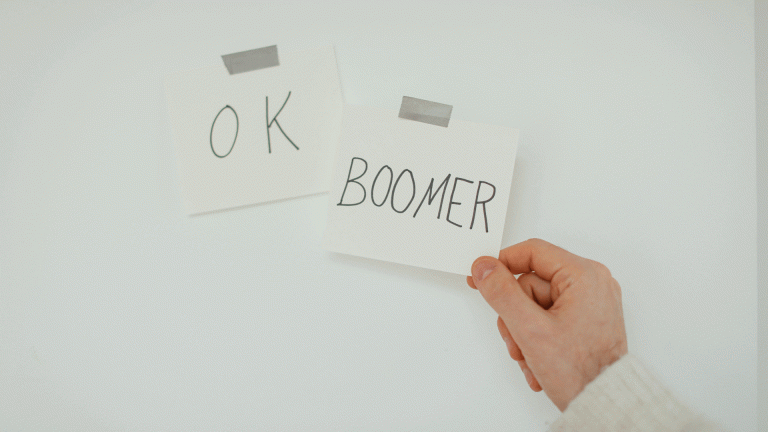What food do you think of when you hear a crowd cheering and the crack of a baseball bat? You’re bound to picture hot dogs – or are you craving a cheeseburger? Acoustic cues don’t just affect our appetite, they also affect our sense of taste.
Music is good brain food agree Plato and Bono, so why is GCSE music in decline?
Music at mealtimes is much more than just a pleasant backdrop – it has the power to significantly alter the taste of your food. British Airways is putting this effect to good use on their long-haul flights: they serve a playlist that enhances the menu, to compensate for the loss of flavour caused by the noise, dry air, and change in air pressure. The songs are played in a strict order. When the starters are served, they play Louis Armstrong (low tones for a savoury dish) or Paolo Nutini (Scottish music for Scottish salmon); followed by Debussy or Lily Allen (both with high-toned piano to enhance sweet and bitter notes) during mains; and finally James Blunt or Madonna (with piano to boost sweet notes) for dessert. The airline is following advice issued by Oxford University, which has conducted a number of tests to study the effect of sounds on our tastebuds.
If high-pitched melodies can make sweets taste sweeter, can they potentially elicit sweet notes from a dry wine? Apparently they can. Savoir-Vivre, a wine and food trade show in Hamburg’s historic stock exchange, hosted a wine tasting accompanied by a performance of the renowned chamber ensemble Trio Alba. For every piece played by the group, guests were offered a glass of wine that they were told perfectly matched the music. In reality, it was always the same wine. However, its flavour changed with every variation in the mood of the music — the gentler the tones, the more harmonious the wine appeared. The change was so profound that the audience was utterly convinced that they had tasted different wines.

We know that music has an incredibly powerful yet subtle effect on our psychology and perceptions, but there are whole genres yet to be explored. Music professor and composer Elmar Lampson describes our hearing as a structured, meaning-generating process involving both the brain and the ear working together to actively produce the auditory sensation: “Hearing shifts the coordinates of our consciousness; we move to another state. Not only am I hearing something – I am in an auditory space where I sense cold or warm, there are tactile sensations and odours, and also the physical impression that something is coming toward me. It’s a world in which thinking and feeling become permeable with each other.”










